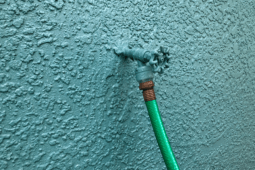How to Cast a Spinning Reel—The Three Best Methods
It is the essence of modern fishing, whether on a freshwater stream or into the pounding surf of the ocean shores. Learning how to cast a spinning reel successfully is a rite of passage for every young, or novice angler.
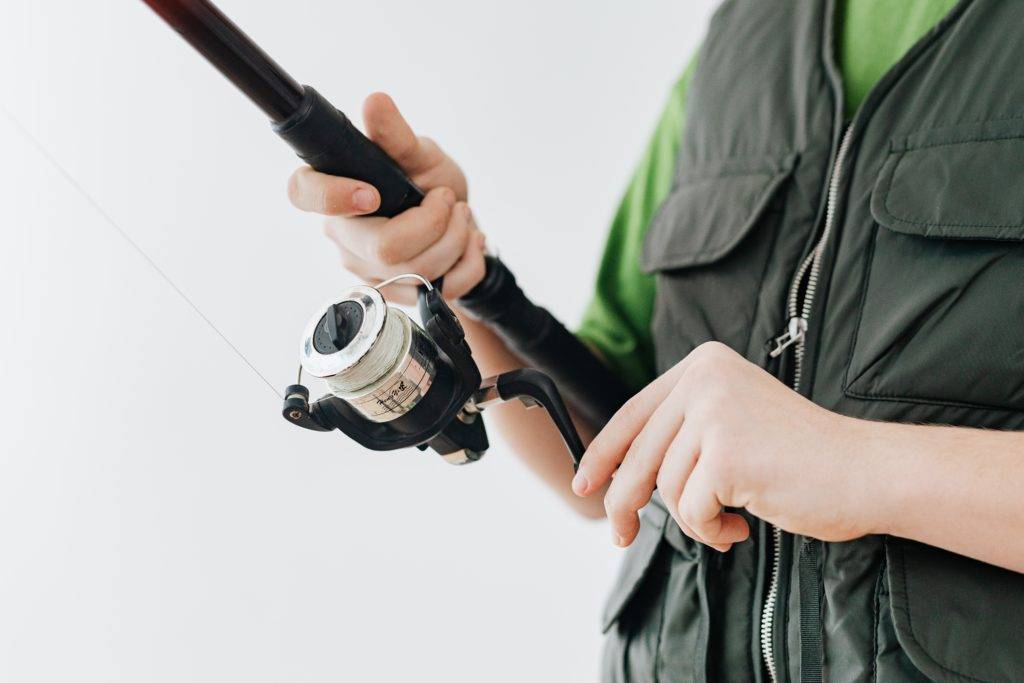
The spinning reel is a simple device, first introduced in the 19th century, but that has gradually evolved into a high-tech machine that can cast a variety of baits, accurately over both short and long distances.
Learning to cast a spinning reel and how to control it means more accurate casts, more time with the lure in the water attracting fish, less frustration, and an overall better experience out on the water.
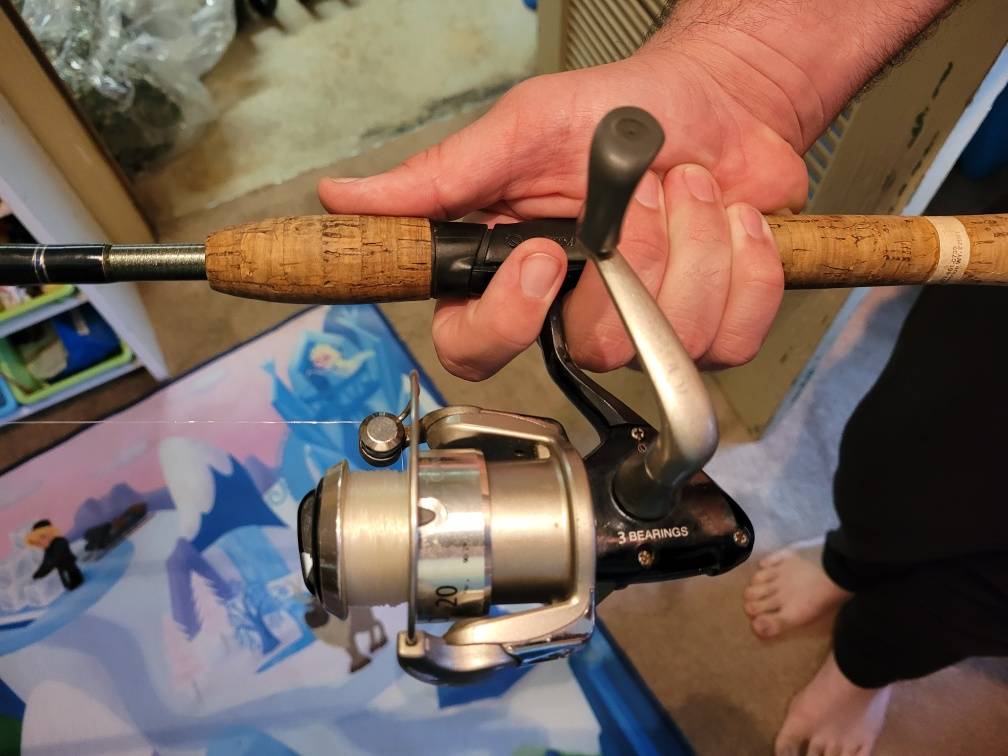
The Parts of a Spinning Reel
A spinning reel has many intricate components, but the four main parts you as an angler will use are the line, the bail, the spool, and the handle. Add in the grip that connects the reel to the rod and you’ve got the “business end” of the spinning reel identified.
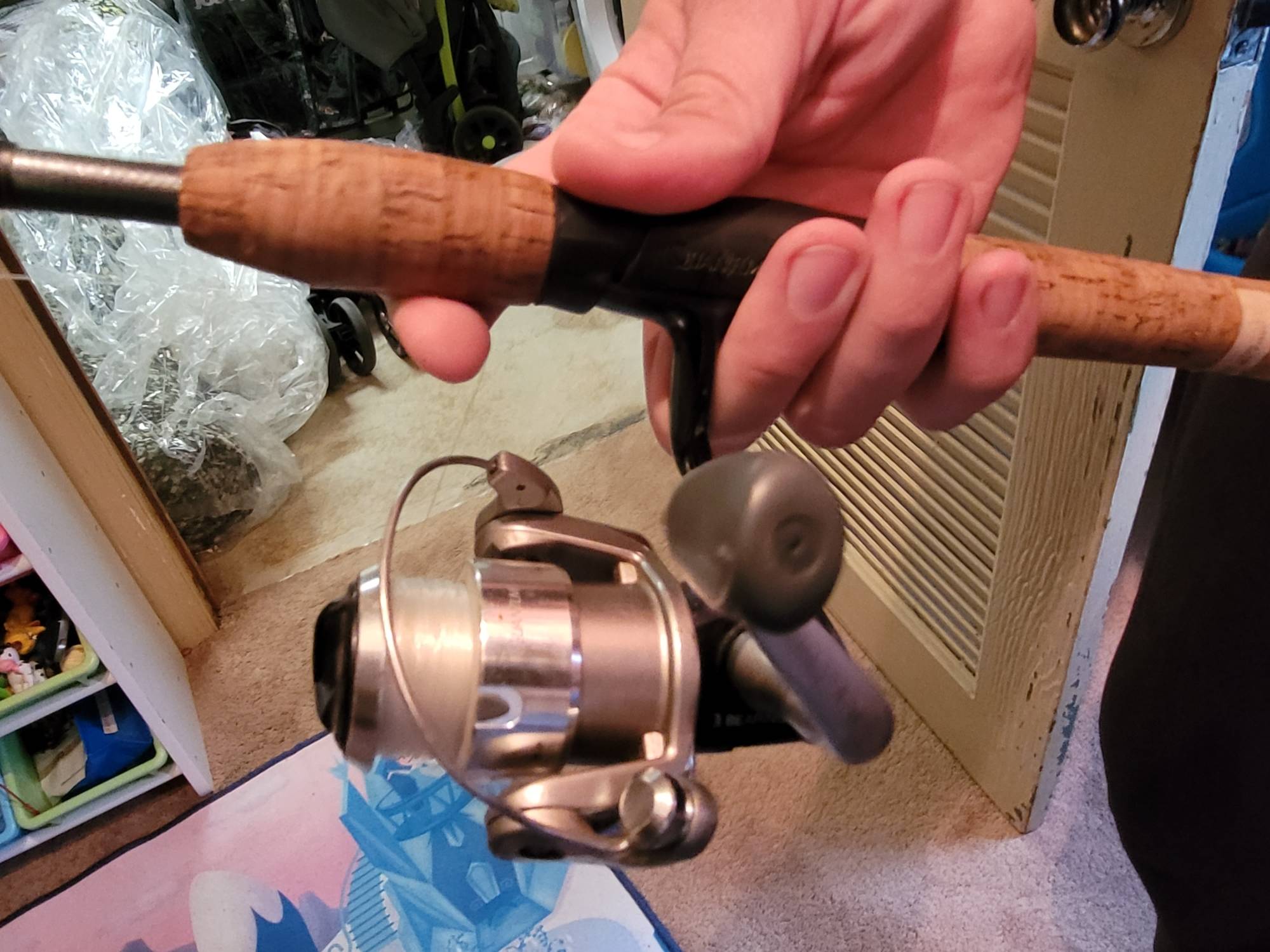
Three Techniques For Casting a Spinning Reel
There are many techniques to successfully cast a line with a spinning reel. We’ll discuss three of the more popular methods.
Reels come in both right and left-handed configurations, but for these examples, we’ll describe the action from a right-handed viewpoint.
Overhead Cast
The first, and most common, is the overhead cast. Take the rod by the grip in your right hand. Flip open the bail with your left hand, and hook a section of the line as it leaves the reel, but before it reaches the first eyelet.
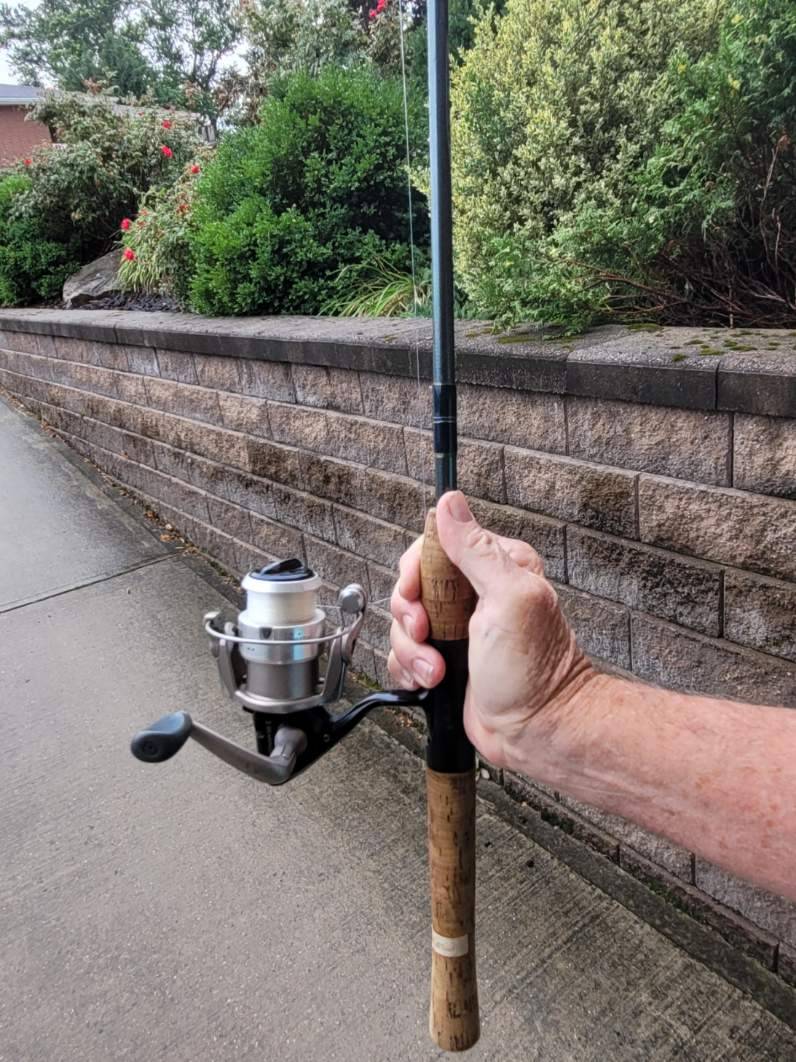
Put pressure on the line with the first joint of your index finger. Flip the rod back over your head and snap it forward at your target in the water. As you flip the rod forward it will sway with the action. When the rod begins to bend in the opposite direction, release the line from your index finger.
Your first few casts may be straight into the air, or even directly into the ground. Don’t worry about it! A few practice casts and you’ll be tossing line like a pro.
Two-hand Overhand Cast
The second method is the two-hand overhead cast. It is identical to the standard overhead cast, with the exception of holding the line from the spool to the first eyelet in your left hand.
As you cast the rod with your right, move your left hand forward in unison with the cast. As the rod tip snaps forward, release the line from your left hand.
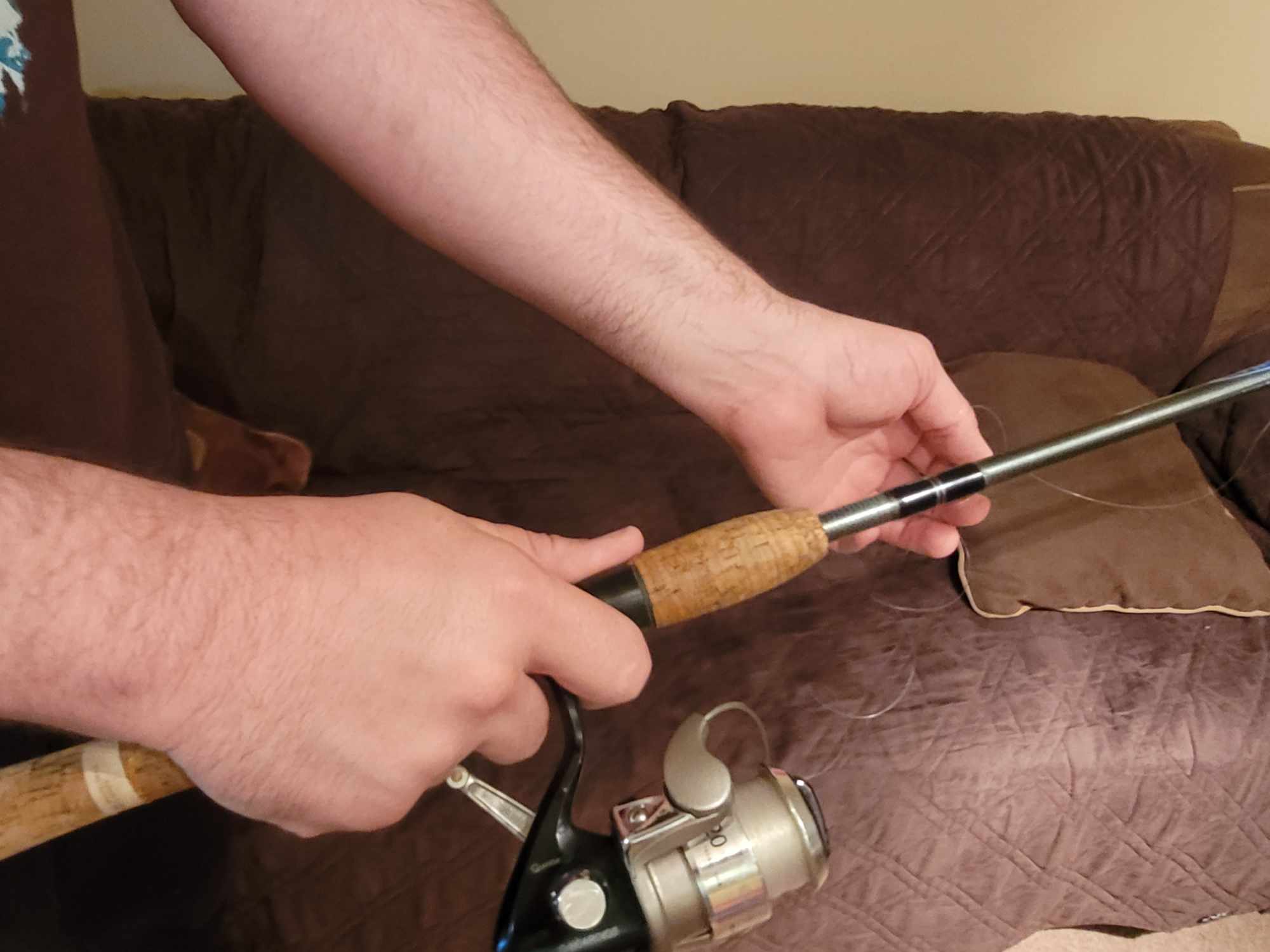
Another method uses the same one-handed, or two-handed technique, but is useful in getting around obstacles on the water like overhanging tree limbs, cattails, or even other anglers Rather than casting overhead, you’ll cast sideways, around the obstacle in your path.
The trapping and releasing of the line are exactly the same with your index finger or your left hand. The only difference is you are casting sideways versus using an overhead motion.
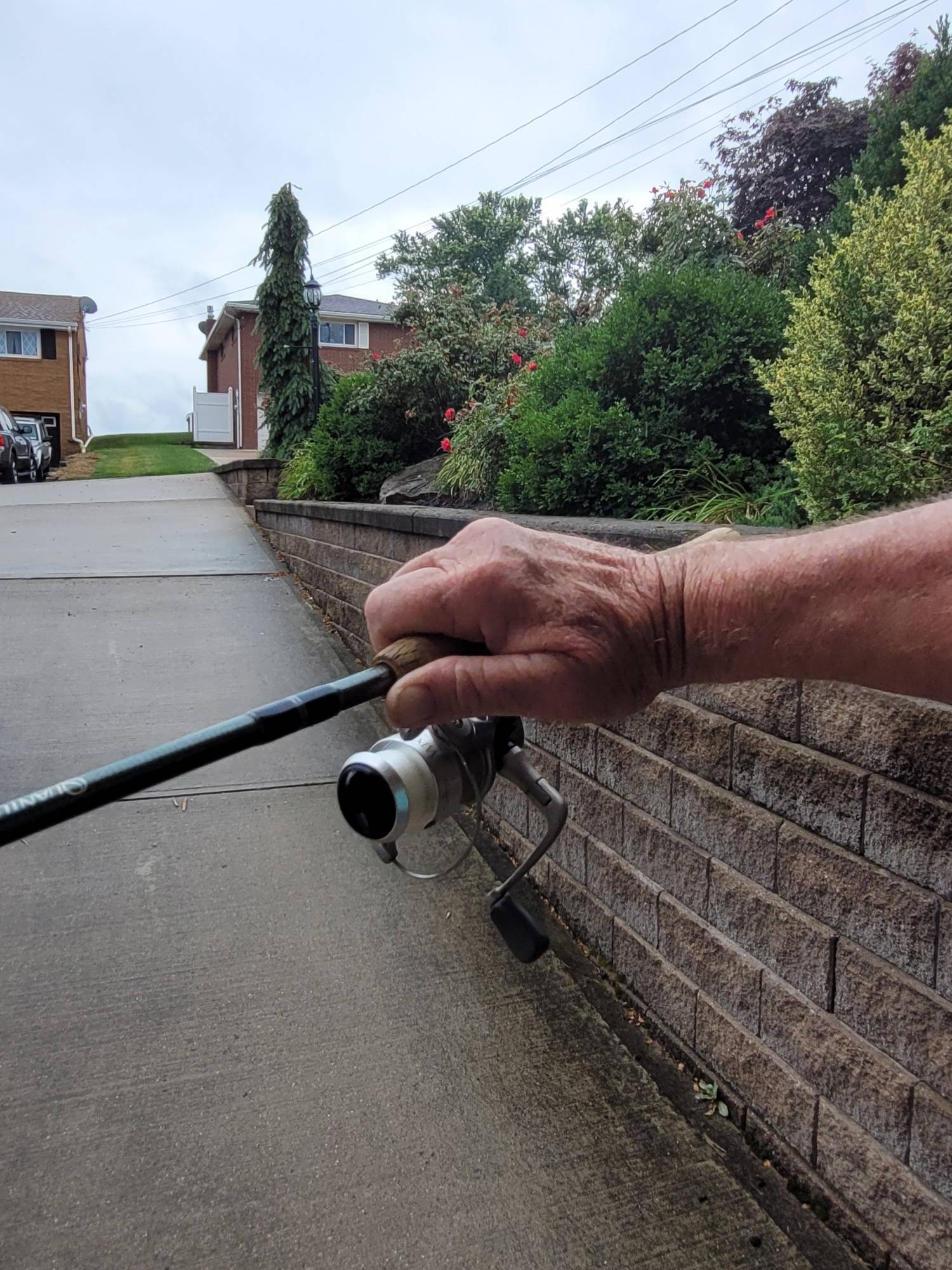
Rod Cast
The final cast uses the rod itself to propel your line. Some anglers call it a rod cast, others a bullet cast, but whatever the name, the technique is the same.
It is an advanced move that can leave you with a fishhook stuck in your finger if you don’t follow the correct procedure. This technique is handy for casting in heavy willows, cattails, or in any other spot where your range of motion is limited by the terrain around you.
Take your lure or hook in your left hand, making sure that you’re holding the sharp point of the hook away from your fingers. Reach up and release the bail with your left hand.
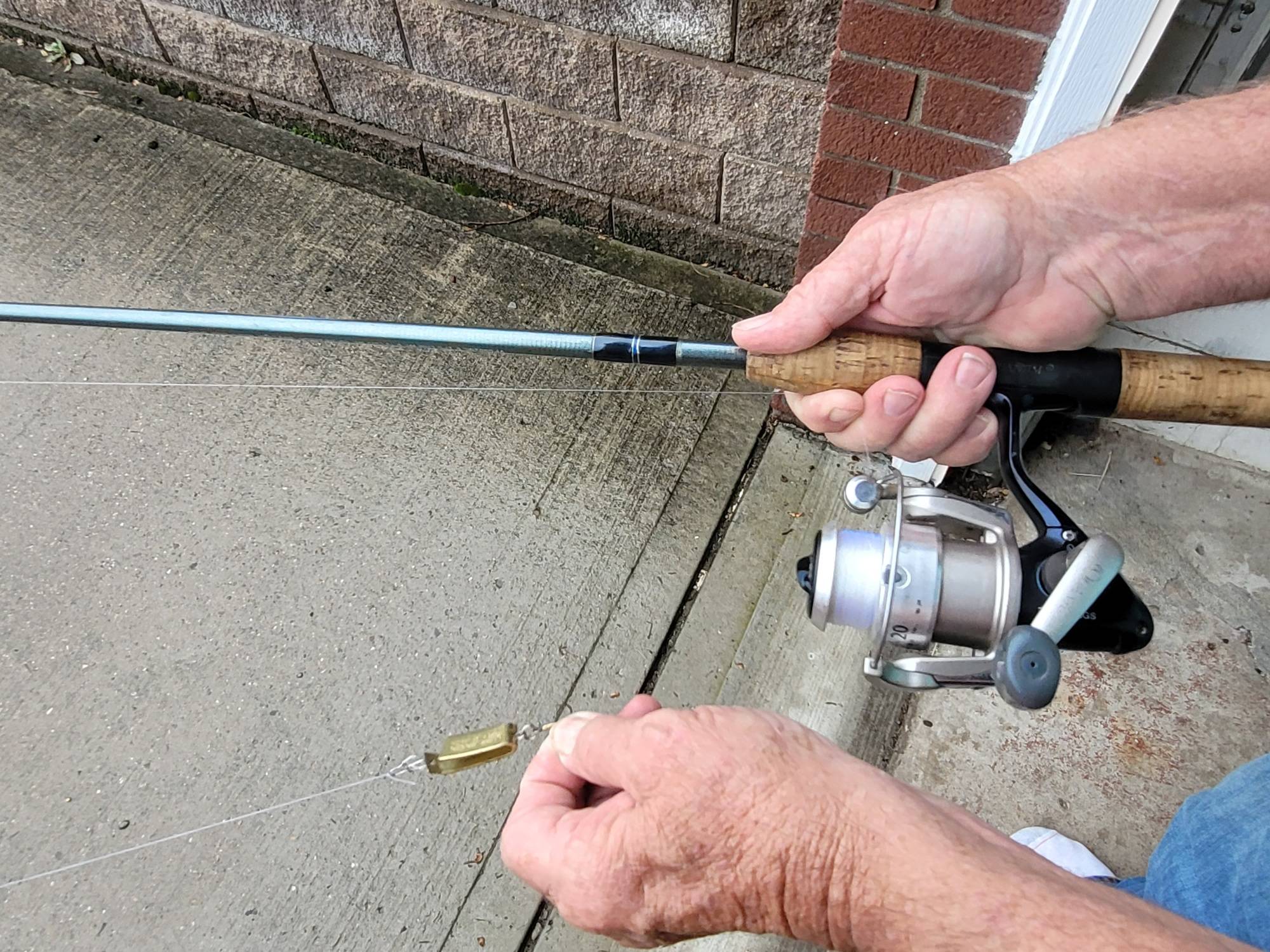
Hook the line with the index finger of your right hand and hold it tight. Pull the lure back with your left hand, bending the rod until it has a lot of pressure on it.
Release the lure with your left hand while simultaneously releasing the line with your right-hand index finger. As the rod snaps back to straight it will throw the lure and line out directly through the end of the rod.
None of these casts are easy at the first try, but with a little bit of practice, you’ll have an arsenal of variable casting techniques to utilize on your next venture on the water.



